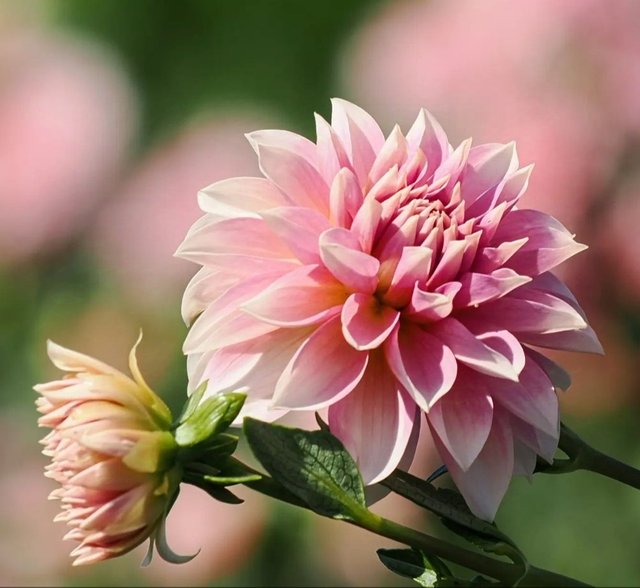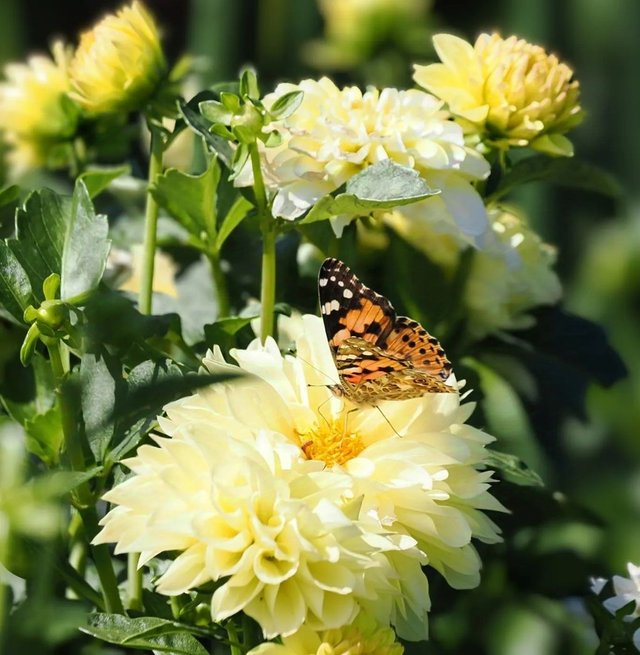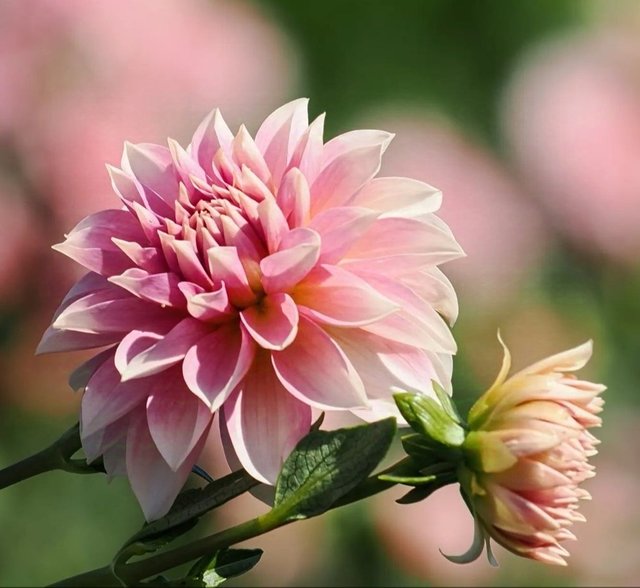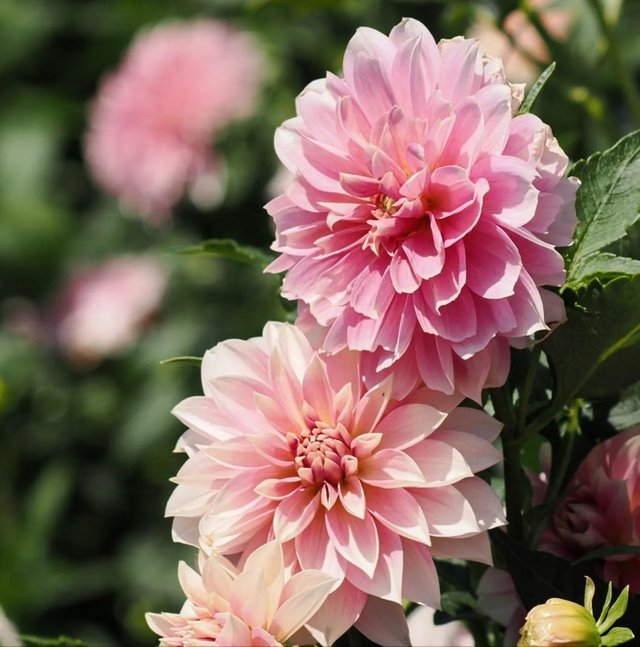Dahlia Pinnata: The Queen of the Garden
Dahlia pinnata, often simply referred to as the dahlia, is a flower admired for its intricate, multi-layered petals and striking variety of colors. This dahlia species, native to Mexico, has captured gardeners' and botanists' attention for centuries, with its vibrant blooms and intricate structure making it a cherished plant in gardens worldwide. Known as the “Queen of the Garden,” the dahlia brings elegance and grace, blooming abundantly in mid-to-late summer through early autumn, adding bursts of color to landscapes. Below, we dive into its origins, characteristics, cultivation, and care, which can elevate any garden.
Origins and Classification
The dahlia is part of the Asteraceae family, which includes sunflowers, daisies, and chrysanthemums. While there are 42 accepted species of dahlias, Dahlia pinnata is the most widely cultivated. Native to the mountainous regions of Mexico and Central America, dahlias thrive in temperate climates, where they grow in well-drained, fertile soil. Indigenous peoples of Mexico originally cultivated the dahlia for its tubers, which were an important food source, although the plant later evolved to become more ornamental.
In the 18th century, dahlias were introduced to Europe by Spanish botanists who admired their beauty. They quickly became a favorite among European nobility, inspiring breeding and cultivation efforts that resulted in the development of many unique varieties. Today, dahlias are available in a spectrum of colors, sizes, and shapes, thanks to centuries of selective breeding.
Distinct Characteristics of Dahlia Pinnata
Dahlia pinnata is easily recognizable by its large, bold blooms, which can reach up to 12 inches in diameter. The flowers of Dahlia pinnata are typically double, with multiple layers of petals arranged in concentric rings around the central disc. Each bloom is composed of hundreds of individual florets, which form intricate, symmetrical patterns, adding to its allure.




Thanks For Reading
Device Information
| Device | cannon eos 600D |
|---|---|
| Lens | 55-250 zoom leans |
| Location | Myanmar |
